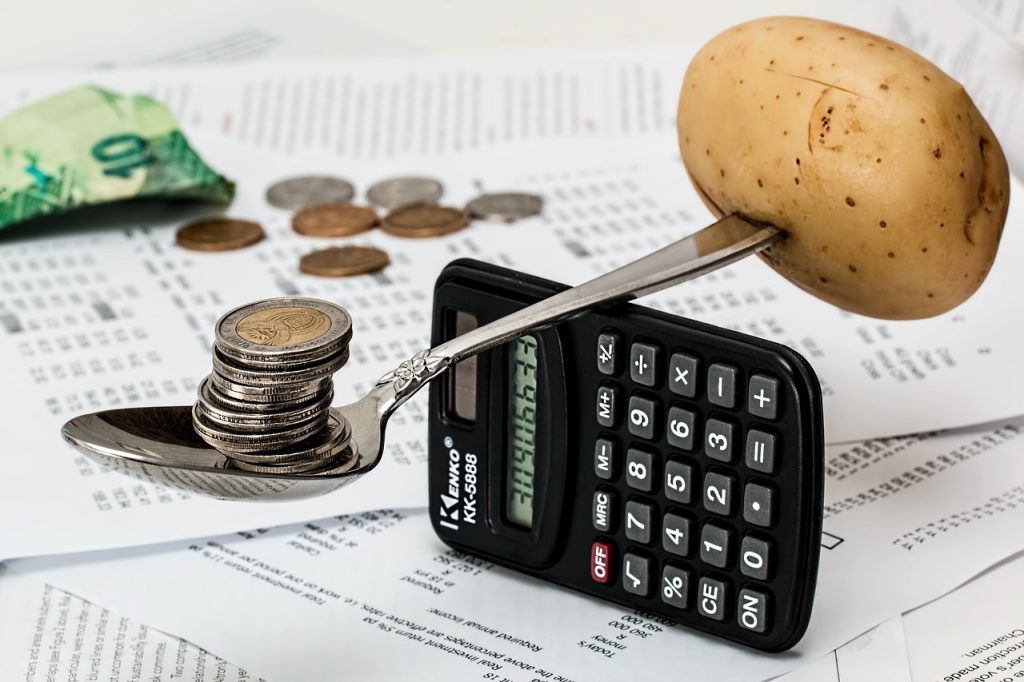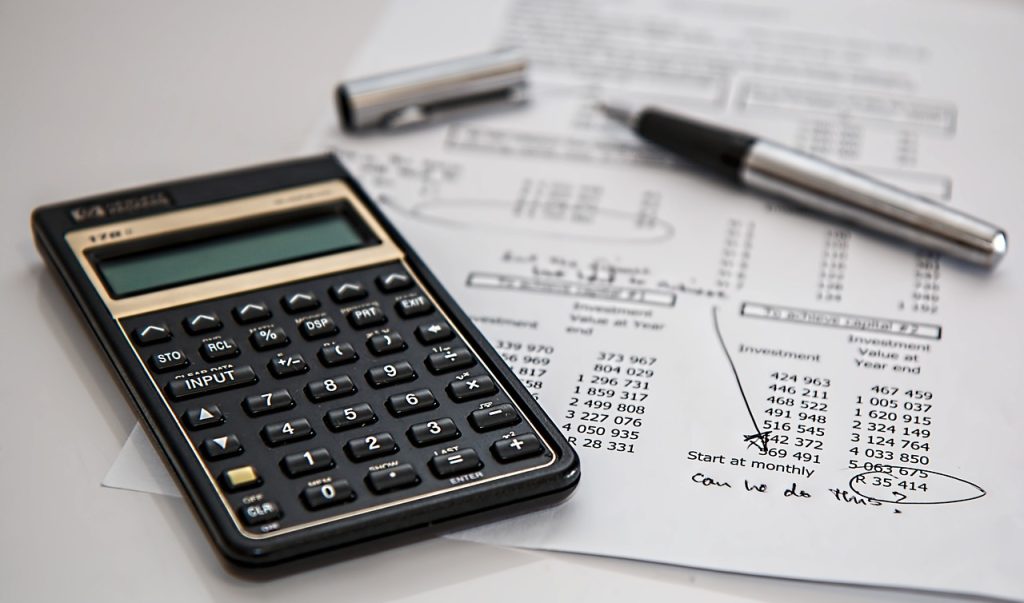Many a time, I would start a budget the same way I’d start a diet, with tons of enthusiasm and completely unrealistic expectations. I soon realized that it was impossible to stick to an overly restrictive budget. I have since learnt that the key to a healthy, sustainable budget is to be as realistic as possible. Instead of limiting my spending, an unrealistic budget would result in the complete opposite; I would end up going over in each and every category.
Here are a few guidelines to help figure out your budget;
1. What is your goal? Your budget should help you stay on track and focus on an end goal.
2. It is important to know exactly what your must haves are. Ask yourself; what are the things you need, and what does it take for you to handle those needs?
3. Who holds you accountable? This is crucial. Communicate to your spouse, significant other, children and close friends. Explain to them how important this is to you. They need to understand your goals. This in turn helps them to support you.
4. Will you be committed if things don’t add up two months later? This is huge. You have to ask yourself; what will you do if you go over the budget? It’s bound to happen. You have to understand that it will not be perfect. Document what happened and get back on track.
Having a budget just to have things written down is not enough; it has to be a working budget that applies to your situation and life. We want to create a budget that supports our reality. Here’s how to set up one;
Choose a budgeting plan
Budgeting before the month begins does magic to your money and enlightens your expenditure. This means before the month starts, you are making a plan and giving every penny a name. My favorite is the zero sum budget. As the name denotes, it doesn’t mean that you have zero shillings in your bank account. Instead, it means your income minus all your outgoings, rather expenses (including savings and investments) equals zero. Any budget must cover all your needs, some of your wants and savings for emergencies and investments.
As mentioned in my previous article on personal finance, I’ll highly recommend the 50/20/30 budget. I love the simplicity of this rule. Someone who follows these guidelines will have manageable debt, room to indulge occasionally, regular savings and retire comfortably.
Allow up to 50% of your income for needs
Your needs cover 50% of your after tax income. This should include; groceries, housing, basic utilities, transportation and insurance. If your absolute essentials overshoot the 50% mark, you may need to deep into the ‘wants’ portion of your budget for a while, but you’ll have to adjust your spending.
You may find you’re spending more on your supermarket shopping these days especially if you’re now eating all your meals at home. It is essential that you stick to a budget. An extra shilling each time you shop might not sound like much, but if you go shopping twice a week, it adds up to a dime.
Don’t go shopping without a shopping list, and while you’ve got it, stick to the items on the list. Think before you buy and ask yourself this question; ‘Is this a need or a want?’ Panic buying does more harm than good in the long run. Apart from sending people into an overbuying frenzy, money is also wasted on things we don’t need which eventually end up in the bin. Even if your necessities fall under the 50% cap, revisiting fixed expenses would be a smart thing to do. Either way, stick to the budget.
Leave 30% of your income for wants
It’s not always easy to decide. Is a gym membership a want or a need? How about organic groceries? Decisions vary from person to person. Separating wants from needs can be difficult. In general though, needs are essential for you to live and work. Typical wants include dinners, gifts, vacations and entertainment.
If you’re committed to get out of debt as fast as possible, you may decide your wants can wait. Your budget shouldn’t be so austere that you can never buy anything just for fun. Every budget needs wiggle room and some money you are entitled to spend as you wish. If there is no money for fun, you’ll be less likely to stick to your budget.
Put aside 20% of your income to savings and debt payment
Use 20% of your after tax income to put something away for the unexpected, an emergency fund, save for the future and pay off any debt. Make sure you are thinking of the bigger financial picture while at it. That may mean juggling between savings and debt repayment in order to accomplish your most pressing goals.
Creating a budget is as simple as that. Currently, I am using Nancie Mwai’s Budget planner. Totally works for me. Remember, sticking to a budget is just as important as creating it. It will take a bit of time to get budgeting perfectly accurate. Personally, it’s still a bit of a struggle. On the minimum, two months will give you a basis on what needs to be given more attention. So don’t give up! You will be surprised at how much quicker your financial goals can be accomplished by having a simple budget in place. Just remember, it takes some work and the good always outweighs the bad. Focus on the progress. Your budget is a tool to help you, not to straitjacket you from enjoying life, ever.



